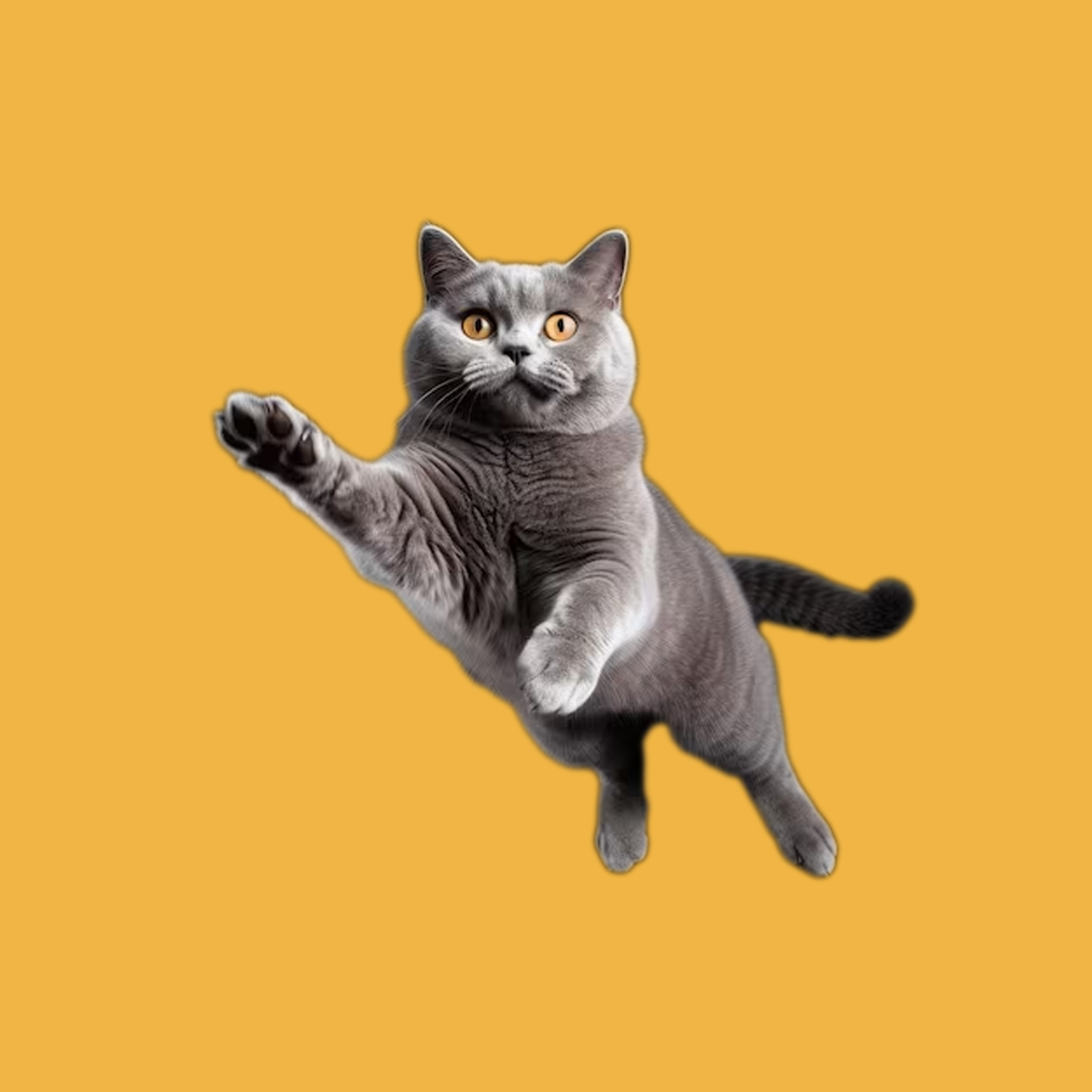A proper understanding of breed-specific dietary needs is an essential prerequisite for competent care. Feeding British Shorthairs properly is especially important to ensure their well-being and prevent potential health issues.
As a competent parent, we recommend choosing a high-quality, balanced food that is designed to meet the nutritional needs of adult cats, maintain a healthy weight, and support the overall well-being of the breed. Give preference to food that does not contain artificial additives.
Due to a stocky build, these meaningful members of our family may be prone to obesity. Obesity causes various health problems, including joint diseases and diabetes. Therefore, feeding your companion animal measured amounts of food and setting a regular feeding schedule can aid in preventing excess calorie intake. Consult a nutritionist to determine the appropriate daily calorie intake for your important family member. Consider factors such as age, weight, and activity level when making your decision.
Because of their susceptibility to kidney problems, ensuring access to potable water is vital for your important family member. You can support the proper hydration of the body of companion animals by providing them with wet food along with water intake.
Remember to be extra careful when sharing your food with your furry friend. Offering your food to a companion animal can cause nutritional imbalances. Avoid feeding your British Shorthair food that is toxic to cats. On this list, onions, garlic, chocolate, raw eggs, grapes, and raisins take the top place. These substances can cause serious health problems, so avoiding them is vital.
If you wish to make sure that you are competently caring for your beloved family member, we recommend that you discuss any nutrition-related issues with a nutritionist. With breed-specific needs, a balanced diet, and portion control, you can change your beloved companion animal’s life for the better.

